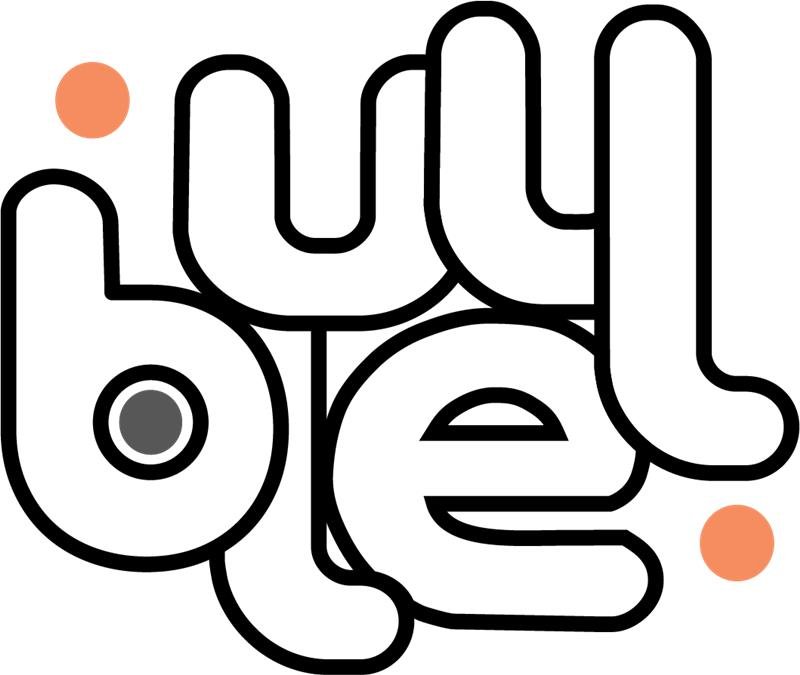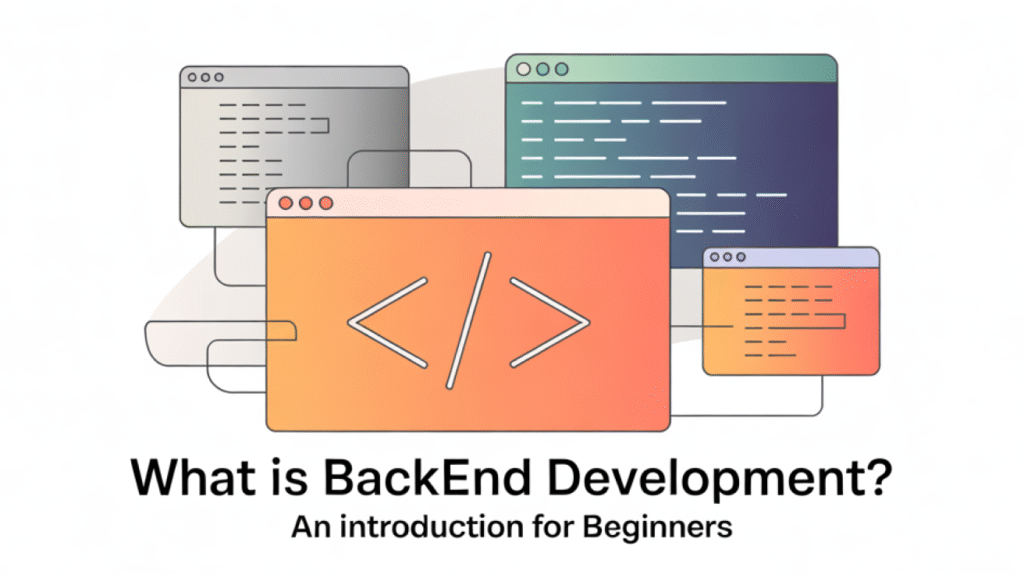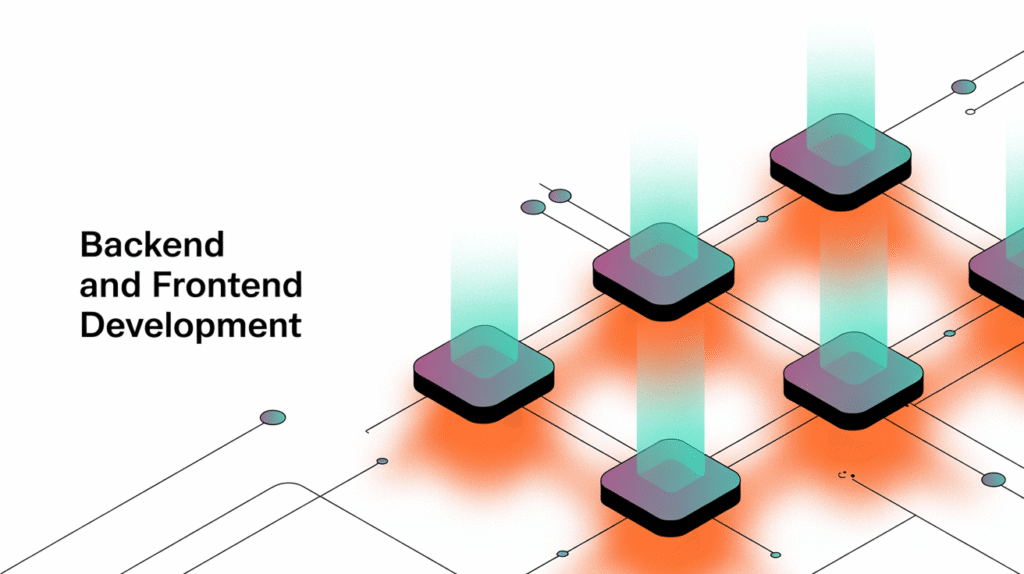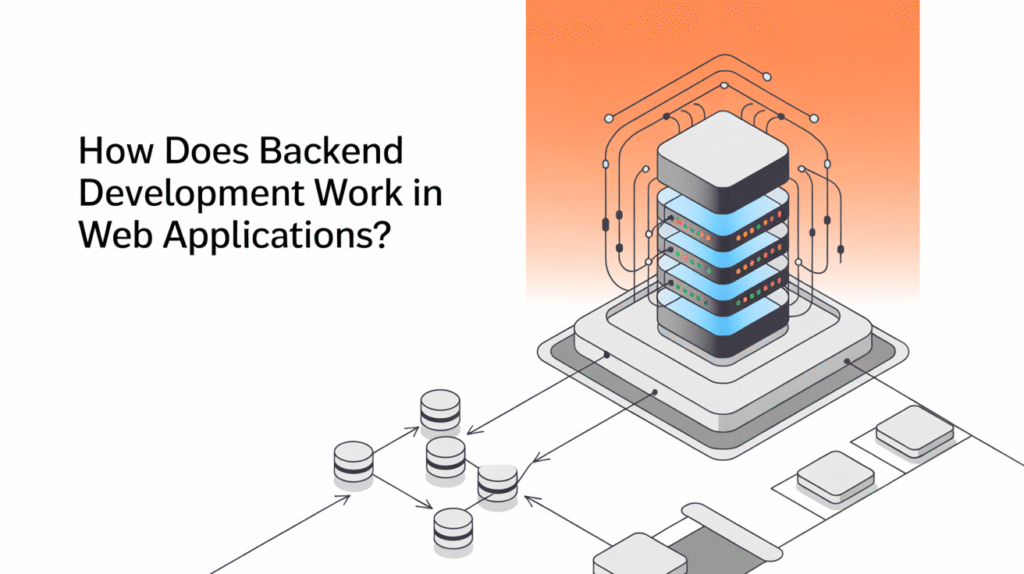- Bluell
- Blog
- Android
Top 10 Common MVP Mistakes and How to Avoid Them
- Development
- 9 min Read
- 19 May 2025

Do you want to launch your MVP in the market? Wait a second, did you do market research before launching your MVP? If not, you are making a very big mistake. Without doing market research, your product will not meet the exact needs of your real customers, and the result will be? You will face a huge loss in terms of money, time, and resources.
When core functionality is overloaded with unnecessary add-ons, the user experience becomes cluttered and the focus on the core value is lost. If you do product development without a clear problem hypothesis, it will be very difficult for you to find which solutions really create value for your real users.
Additionally, if you miss out on user feedback, you could miss out on important insights that will help you improve your product before launch. Sacrificing security and scalability for speed can lead to costly reworks later on. Finally, without a clear go-to-market plan, you risk losing momentum once the product is ready for users.
1. Skip market research
Your first mistake might be to skip market research in MVP development. Without knowing your target audience and their needs, you risk creating a product that doesn’t solve their real problems. Market research helps you validate ideas, identify competitors, and understand customer expectations, increasing the chances of a successful launch.
2. Feature-creep (“sink”)
Feature creep, often called “kitchen sink syndrome,” occurs when an MVP has many irrelevant features instead of just its core features. This can result in launch delays, budget increases, and a diluted value proposition. To avoid this mistake, focus on creating only core features that address the basic needs of your real users. Don’t focus on other features until you validate the success of your main product.
3. Develop without a clear problem hypothesis
Developing an MVP without a clear problem hypothesis is like sailing without a compass. Many startups build solutions on assumptions rather than real user needs, leading to products that don’t solve any real problems. Without a clear hypothesis, you risk wasting resources on features that aren’t in demand. A clear problem hypothesis helps you focus on verifying whether your idea addresses a real need, which increases the chances of creating a product that users really want.
4. Ignore user feedback
Your big and costly mistake could be to ignore user feedback when developing an MVP. Not listening to your real users will result in you building a final product that doesn’t meet your user needs. They won’t use it and will be dissatisfied. To avoid this mistake, you should continuously get feedback from your users and analyze it regularly, then focus on key features and iterate effectively. Using this strategy will increase the chances of creating a product that is truly appreciated by the market.
5. Sacrifice security and scalability for speed
I know that launching an MVP quickly is very important, but it is important not to compromise on security and scalability. Neglecting these things can lead to technical errors, security risks, and limited growth capacity. You can avoid this mistake by integrating security measures and choosing a scalable architecture from the beginning, which can build a robust foundation that supports both current needs and future expansion.
6. Bad onboarding experience
A poor onboarding experience is a common MVP mistake that can significantly impact user engagement. If new users find your product difficult to understand or navigate, they are likely to lose engagement quickly. Effective onboarding should be intuitive and guide users to quickly experience the core value of your product. By implementing clear sign-up processes, interactive tutorials, and personalized guidance, you can improve user engagement and retention. Remember, a smooth onboarding process is essential for converting early adopters into loyal customers.
7. Underinvested analytics tools
During MVP development, a common mistake is not focusing on analytics tools. If you don’t have the right data, you can miss out on important insights about your users’ behavior and product performance. To avoid this mistake, you need to integrate analytics tools like Google Analytics or Mixpanel early. Using these tools, you can make better decisions and quickly make changes to your product to meet your users’ needs.
8. Falling into habits
Focusing on habit metrics like downloads, page views, or follower count can give a false sense of success. These numbers look impressive, but they say little about true customer value or the effective performance of your product. Instead, you should measure engaging and actionable KPIs like retention, conversion rate, and churn, which provide insights that drive real growth and improvement.
9. Not iterating fast enough
Not iterating fast enough is a common mistake in MVP development. It means that you have not adopted a product development process that should be based on user feedback. As a result, you may miss out on important insights and market opportunities. To avoid this, you should implement an agile development process that focuses on continuous feedback and rapid improvements. Test quickly, learn, and change, and you will be sure that your final product is developed according to the needs of users and their expectations.
10. Missing Go to marketing plan
Launching an MVP without a clear go-to-market (GTM) plan is like setting sail without a map. Without a well-crafted strategy, you could miss your target audience, lose leads, and waste resources on ineffective marketing efforts.
Do you have an idea but are unsure how to get started? Book a free consultation with our experienced team. We will help you:
- Validate your idea
- Create a concrete development plan
- Optimize your path to market
Together we make your idea a reality.
Table of contents
Contact us
Book a call or fill out the form below and we will get back to you once we have processed your request.




